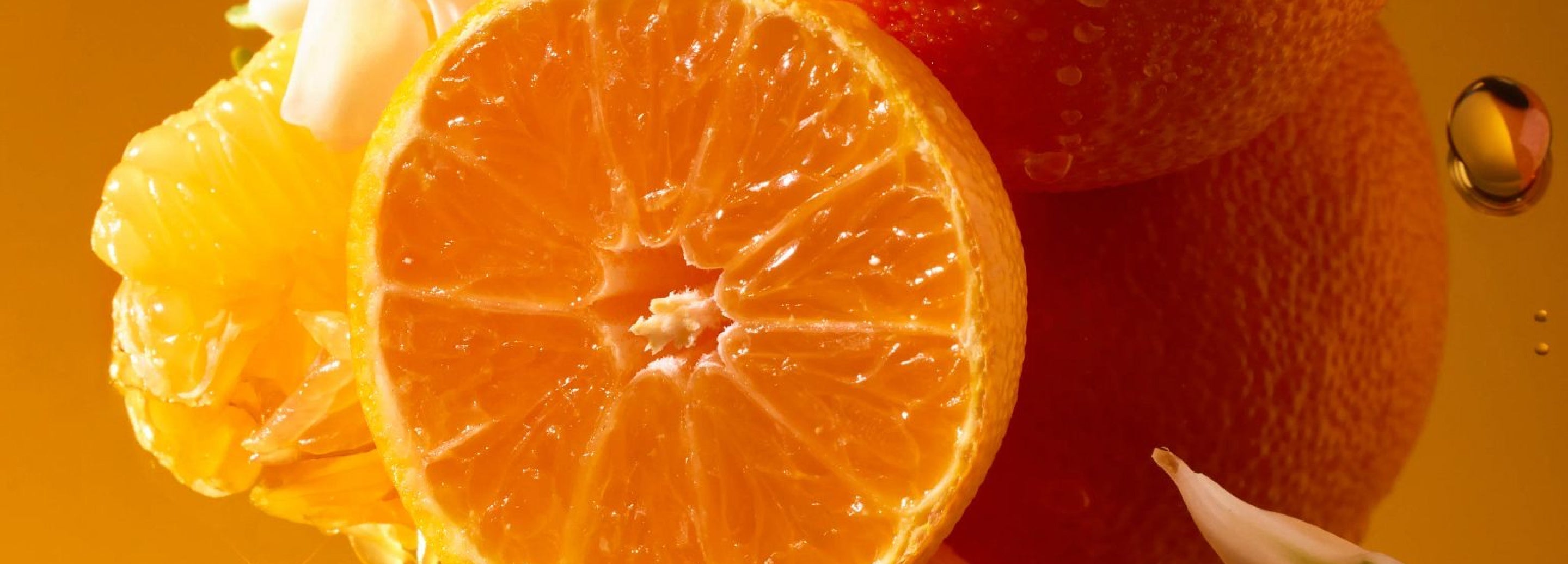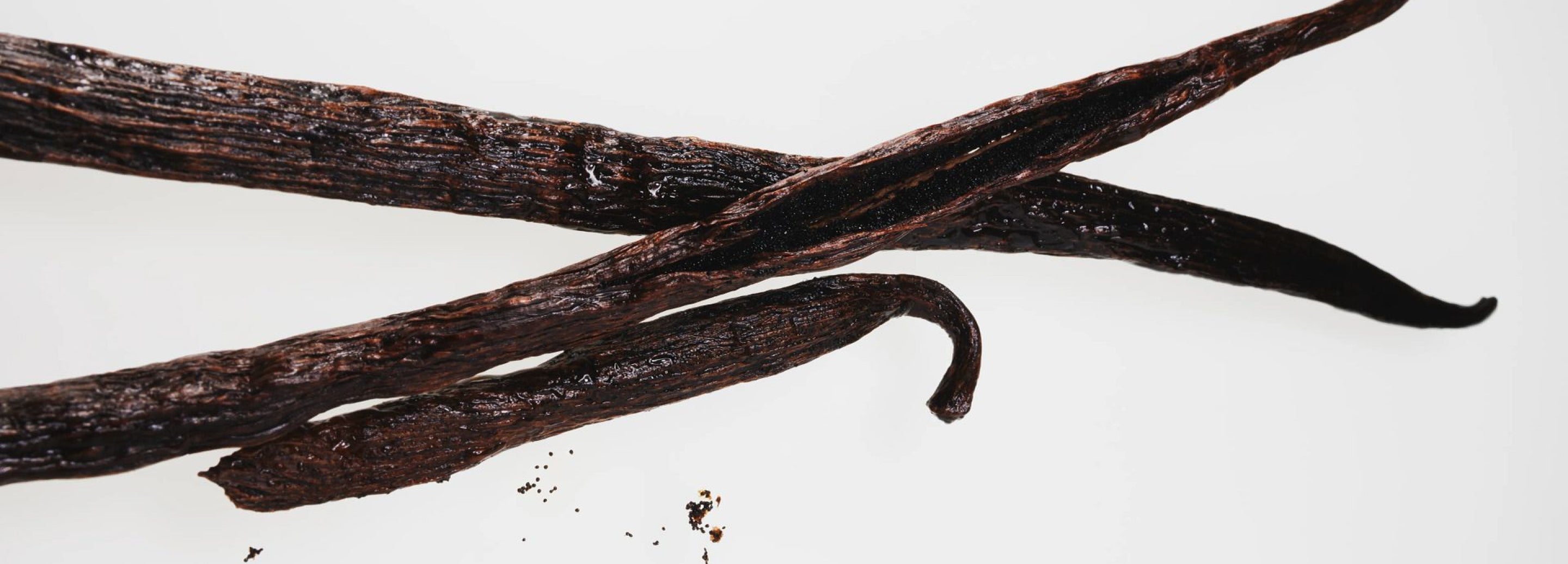In perfumery, distillation is an overarching term for the process of extracting essential oils and aromatic components from plant materials. When we refer to “molecular” distillation, we are specifically referring to a reduced pressure procedure used for the additional purification of chemicals/oils. In this case, essential oils that are used in creating fragrance blends.
Molecular distillation was created to get the molecules evaporating to pass a short distance before condensing so the reference to this special form of “short path” distillation process is also used. Molecular distillation is considered the safest mode of separation to purify thermally unstable molecules and compounds with high boiling points and low volatility. This means the free path of the molecule is achieved by high vacuum. The liquid film on the heated surface under high vacuum produces vapors and then each molecule is condensed individually, and the distillate is collected.
How Does Molecular Distillation Work?
Molecular distillation works as a great liquid-liquid separation technology under high vacuum. Aromatic essential oils are oily liquids that contain a lot of different components which can be overpowering and could confuse the dominant odor that needs to be achieved. In these situations, a molecular distillation is used to get a cleaner, finer end product. Molecular distillation is prominent with the advantages of low temperature treatment and high vacuum application to help concentrate and refine essential oils.
Why Would It Be A Better Aromatic Option To Use Molecular Distillation?
The benefit of molecular distillation is mainly the concentration of oil and the strong aroma that is achieved through this short-term process. Molecular distillation is industrially used for the purification of oils, and it can be the best option for fragrances obtained through essential oils. One advantage is it minimizes the loss of thermal decomposition, a continuous process of collecting distillate. In the separation of the oil’s components by weight it also allows contaminants to be reduced.
High-valued essential oils like lavender, eucalyptus, tea tree and other floral oils, all contain fragrance components that play strategic roles in perfume development so it can be critical to extract the aromatic elements efficiently and effectively. As an example, rose essential oil has a long-chain alkane that could be separated out by molecular distillation, which can enhance the strength of the aroma.
Interestingly enough, the process of molecular distillation also plays a role in the food industry. It is used in the separation of vitamins and polyunsaturated fatty acids, for materials that are extremely heat sensitive, and the separation of strong spices.
Purification and concentration are the overall advantages when performing distillation with this extraction method.
- Choosing a selection results in a full page refresh.
- Opens in a new window.




